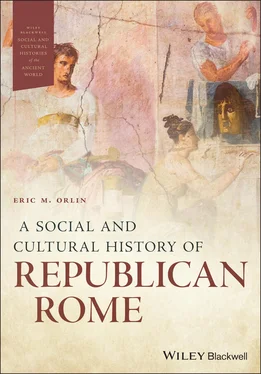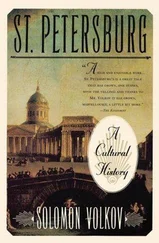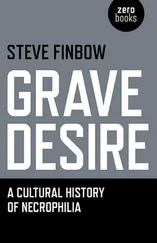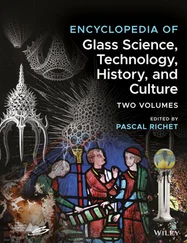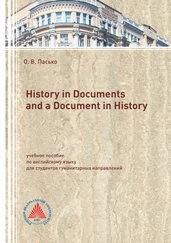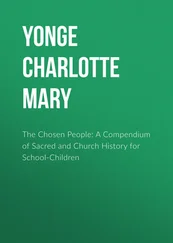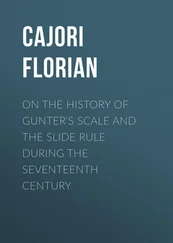Most of us do things that historians do every day.
Almost one hundred years ago, Carl Becker delivered a speech to the national gathering of professional historians titled “Everyman His Own Historian.” In it he told the story of a figure whom he called Mr. Everyman who had stumbled across a handwritten note at home reminding him to “Pay Smith for a coal delivery.” Even though Mr. Everyman did not recall actually seeing Smith deliver the coal, the helpful note, combined with the 20 tons of coal in his house, led him to believe that the coal actually had been delivered, and off he went to pay the bill. When he got to Smith’s office, however, Smith reminded him that his operation had been unexpectedly out of coal that day and so he had passed the delivery job to Brown. Mr. Everyman dutifully went to Brown’s office and paid his invoice for $1,017.20. After returning home from his country club that night, Mr. Everyman went through his records. Sure enough he found the invoice from Brown, and so went to bed secure in the knowledge of what happened.
Becker’s point was that Mr. Everyman models historical behavior: he uses his memory and consults written records to determine what happened, and when the records do not match up, he continues investigating until he has a clearer and more certain picture of the past.
This book is about the Roman Republic, but it is also about this process of historical thinking: each reader is invited to consider themselves a historian and ask: how do we know what we know (or think we know) about ancient Rome?
The process can be a challenge: the Romans often seem so familiar to us, especially since so many aspects of their society have been incorporated into modern societies, and especially American society. The United States Senate is explicitly modelled on the Roman Senate, and our system of checks and balances derives from ideas about the Roman government. Roman law is the basis for our legal system. Roman architecture is all around us in our public buildings, and Latin literature has been a touchstone for many authors. Yet we need to remember that the Romans are far distant from us in time and space.
In 2009, eighty years after Carl Becker delivered his lessons about Everyman to a gathering of historians, Laurel Thatcher Ulrich stood up before the same professional setting and reflected on the distance between Becker’s distant time and her own. People no longer heated their houses with coal, nor did most people physically show up in an office to pay a bill. More significantly, a twenty-first century audience may not immediately recognize just how much 20 tons of coal really is: it is 10 times larger than the equivalent amount of heating oil that until last week I used to heat my house. Nor do we recognize that the fictional Mr. Everyman paid almost four times the going rate for coal in 1931, or that the $1,000 he paid represented the median salary for an entire year in 1931, equivalent to about $40,000 today. That is, Mr. Everyman paid a year’s salary to purchase an overpriced delivery of coal that would have heated his house for four years.
Ulrich’s point was that context matters in understanding a text. Becker’s audience surely knew these things immediately, which means they knew Mr. Everyman was no everyman; perhaps the detail of Mr. Everyman returning from his country club was meant as a clue. As she concluded her speech, “it is easy enough to figure out the price of coal, hard to capture the contexts that give events their meaning.” Historians do not just recount facts, they have to work to generate meaning from events.
This book is built around these two intertwined ideas: that we are all historians and that we need context to understand the past. Historians need to ask questions of a text, as Ulrich did: who says what, and when, and why, matters. And often the most important part of a document is not what it says on the page, but what it does : what argument or image is the author trying to advance through the text on the page? Often this means following a maze of sometimes unintended clues to uncover just what the author is up to. If the story of Mr. Everyman’s coal reminds us vividly of how different the United States was in 1931 and 2009, how different must Rome be, separated by thousands of miles and thousands of years? One of the aims of this book is to help readers recognize that distance and the difference it makes. Each chapter in this book offers examples of questions that could be asked, inviting readers to join in the journey of trying to understand the Romans by inquiring about both facts and meaning.
One of the themes of Roman history is the Romans’ encounter with other peoples, first their neighbors in central Italy, then the rest of the peninsula, and eventually the entire Mediterranean basin as they built a multi-ethnic society. One might ask how they managed the conquest of the Mediterranean, but an even more interesting question is how these encounters changed the Romans and how those encounters helped the Romans understand what was distinctive about their own society. We might view our own encounter with the Romans in the same way, as an opportunity not only to learn about the Romans but to reflect upon our own society and the choices we have made and are making as we build our own multi-ethnic societies.
I completed work on this book in the summer and fall of 2020, after the killings of George Floyd, Breonna Taylor, and many other Black Americans laid bare how much work needs to be done for America to build an equitable multi-ethnic society. It would be foolish to claim those events had no impact on the text that has emerged. Just as many citizens have become more aware of the breadth and depth of the problem of white supremacy, scholars have become more aware of the particular role played by the field of Classics in the flourishing of white supremacy. Most scholars in the discipline continue to be Euro-American, and the study of Greek and Latin has often served as a gatekeeper, meant to advance some (elite white) people into the upper reaches of society while excluding (Black and brown) others. Research into the ancient world has often placed the Romans and Greeks as the ancestors of European nations as a means to project the superiority of European culture, and the symbolism of the ancient world has often been explicitly adopted by white supremacist groups in the twenty-first century. As a white male who has benefitted from the structures of both Classics and broader society, it felt important to emphasize the ways in which ancient Rome was not a pure white European world: it was not “pure,” it was not “white” (a word that had no racial meaning in ancient Rome), and it was not only “European.”
While the context of this era may have led me to emphasize these points, the facts have not changed. It simply took some of us, myself included, until this summer to ask these types of questions. My hope is that readers of this book will develop the ability to ask their own questions of Roman history, of me, and of others.
The story of the Roman Republic is a remarkable one. Most histories choose to focus on how Rome grew from a small village located at a marshy crossing of a river that flooded seasonally to become the dominant military power in the Mediterranean basin, and then how the Roman Republic “fell” into one-man rule. These military and political questions are important to be sure, but they only tell a portion of the story, and perhaps not the most important one. They pay insufficient attention to the way people lived their lives in the Roman Republic, to the structures that organized their lives: family, religion, economy, and law, to name only a few. This book reverses that emphasis, telling the story of Rome’s political and military growth in only a few chapters and devoting most of its energy to understanding the institutions of Roman life and how they were changed by the growth into an imperial power.
Читать дальше
